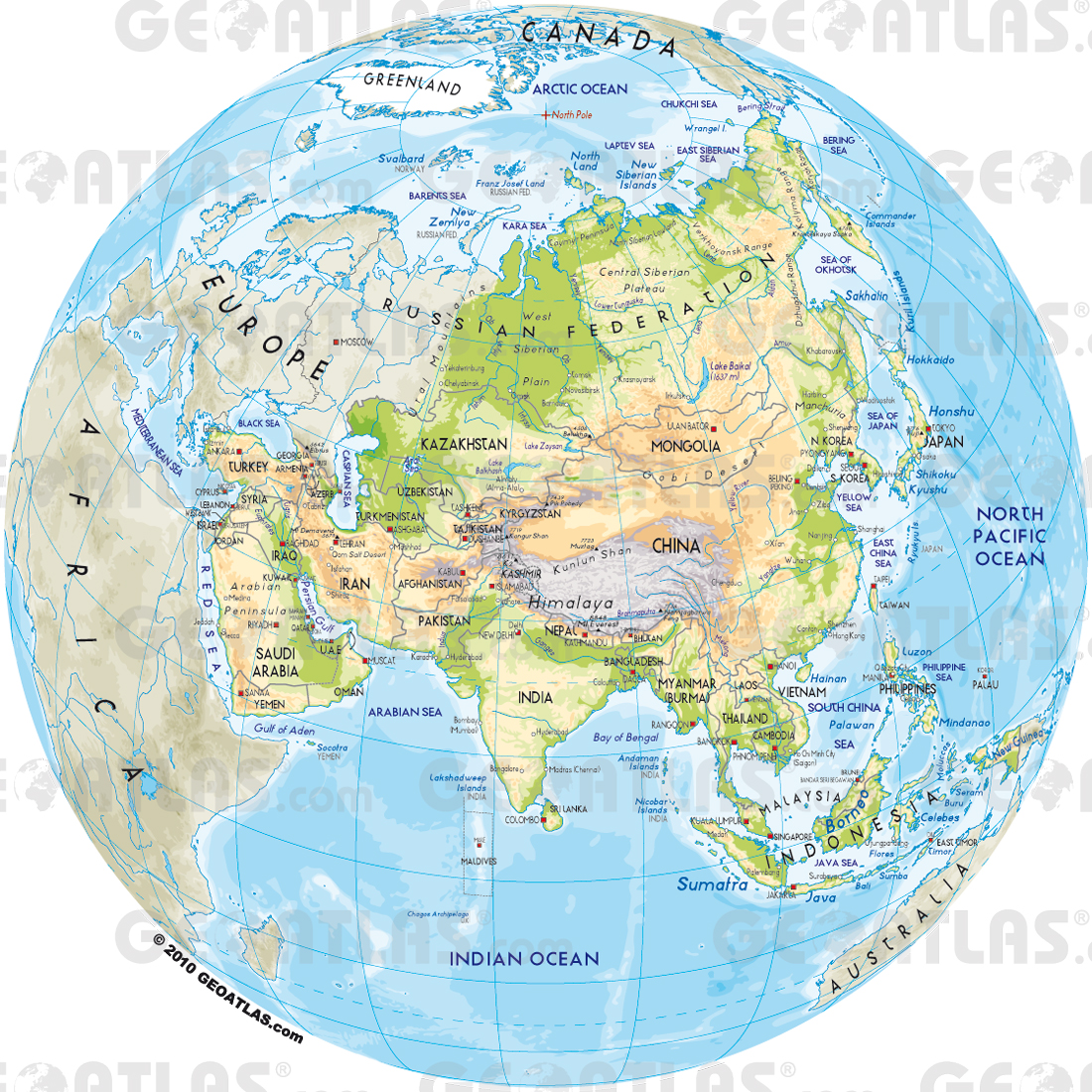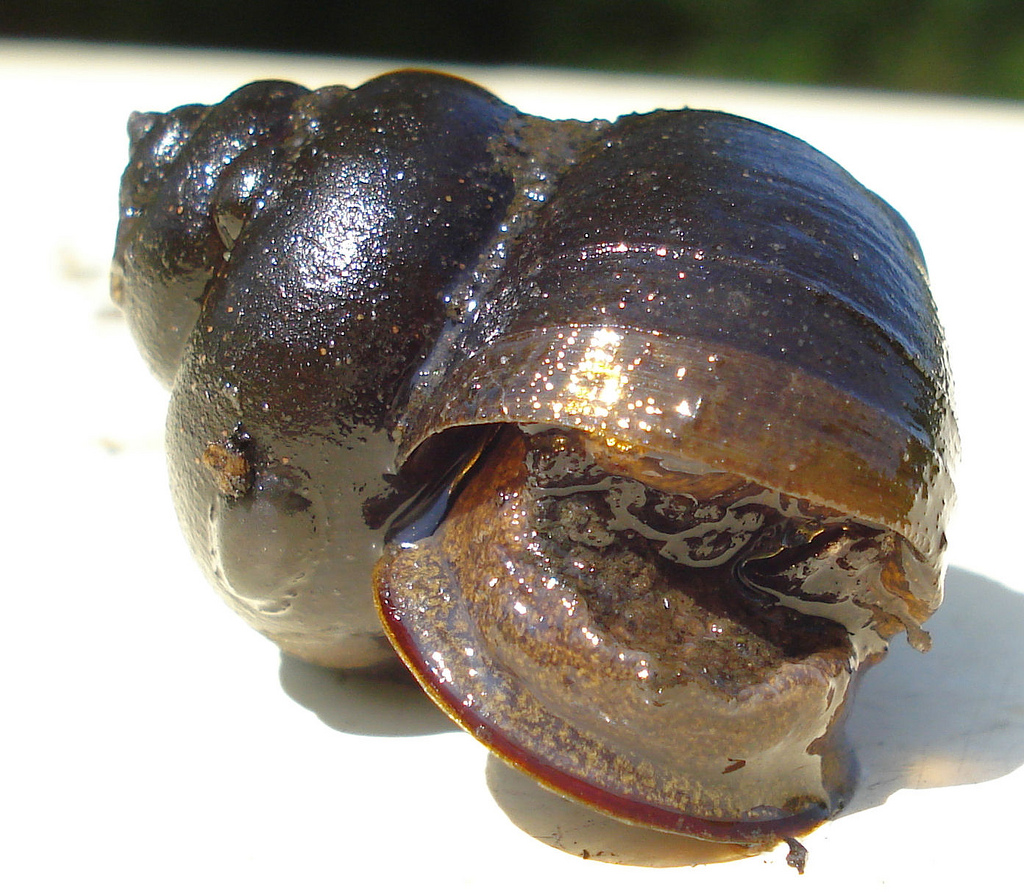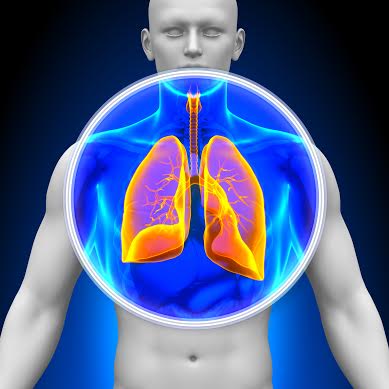Habitat and Geography
Around the w orld:
orld:
Although almost exclusively prominent in eastern and southern
Asia, Paragonimus westermani still exhibits much
variation (Devi et al. 2010). This is seen as the fluke is often
referred to as a complex species that was originally divided
into two groups. The first group inhabited countries in
northeastern Asia, namely Japan, Korea, China, and Taiwan, while
the second group inhabited the southeastern Asian countries of
Malaysia, the Philippines, and Thailand. Since these groups were
formed, however, P. westermani has also been discovered
in Vietnam, India, and Sri Lanka (Doanh et al. 2013). The
parasite has also been identified in tropical and/or temperate
countries outside of the Asian continent, such as in North
America, but usually just in individuals infected with the
pulmonary disease paragonimiasis (Lane et al. 2009).
No place like a host:
Aside from geographical location, the immediate habitat of
Paragonimus westermani depends on what point of its lifecycle
it is in. Going through about six different life stages, this
parasite generally occupies three different hosts, as well as a
freshwater environment. The habitat first occupied is that of
the aquatic (freshwater) environment, as this is where the eggs are
dispersed. After hatching, the parasite will infect and embed itself
in the tissues of its first intermediate host, a freshwater snail
(Iwagami et al. 2009). Upon transforming and leaving the snail in
the next stage of its life (as a cercaria) the next mission of the
Paragonimus westermani is to infect its second intermediate
host - a crab, crayfish, or other freshwater crustacean. It does
this in one of two ways: it leaves the snail, becomes free-living
again, and then invades the crustacean host on its own accord, or,
while still in the snail, the snail is ingested by the crustacean,
and it transfers hosts then. Either way, the encysted cercaria (now
a metacercaria) makes its new home in the gills, muscles, or other
tissues of its new crustacean host (Liu et al. 2008). The final host
and home of the fluke is that of various body parts, such as the
lungs, brain, etc., of humans and other mammals that happen to
ingest the raw or undercooked, infected crustaceans (Chen et al.
2010).
Living conditions:
Because of the variety of environments/hosts that this parasite
inhabits, it must endure a variety of conditions, namely anaerobic
versus aerobic. During its free-living stage, P. westermani
prefers and is more commonly found in moving water where it is
exposed to a sufficient supply of oxygen (Fuller 2012). Si milarly,
the preferable habitat of the adult worm is the well-oxygenated
pulmonary tissues of its mammalian host. However, when imbedded in
the tissues of an intermediate host’s small intestine, or some equally anaerobic area, the parasite undergoes much oxygen stress
and must adjust accordingly. As a result, the fluke is exceedingly
efficient at adapting its metabolic needs to match the amount of oxygen present (Takamiya et al. 2010).
milarly,
the preferable habitat of the adult worm is the well-oxygenated
pulmonary tissues of its mammalian host. However, when imbedded in
the tissues of an intermediate host’s small intestine, or some equally anaerobic area, the parasite undergoes much oxygen stress
and must adjust accordingly. As a result, the fluke is exceedingly
efficient at adapting its metabolic needs to match the amount of oxygen present (Takamiya et al. 2010).
Neighbors:
As Paragonimus westermani is a parasite, and one of three
different hosts in a single lifespan, it is clear that it shares the
habitat of many other creatures. As aforementioned, the first of
these organisms are its variety of hosts, from its initial snail
residence, to its intermediate crustacean home, to its final
mammalian host. Aside from these obvious co-inhabitants, though,
this fluke also has relatives as ‘neighbors’ - the other species of
the Paragonimus genus. Similar in nature, these species
utilize the same or similar hosts as P. westermani. In fact, all six
other species found in Vietnam: P. heterotremus, P. proliferus,
P. viatnemensis, P. skrjabini, P. bangkokensis, and P.
harinsutai, were found to coexist in the same intermediate crab
host. That being said, however, there was not found to be any
competition between the cohabiting Paragonimus spp.
metacercariae (Doanh et al. 2013).
Continue to: Form/Function
Return to: Home page
References

